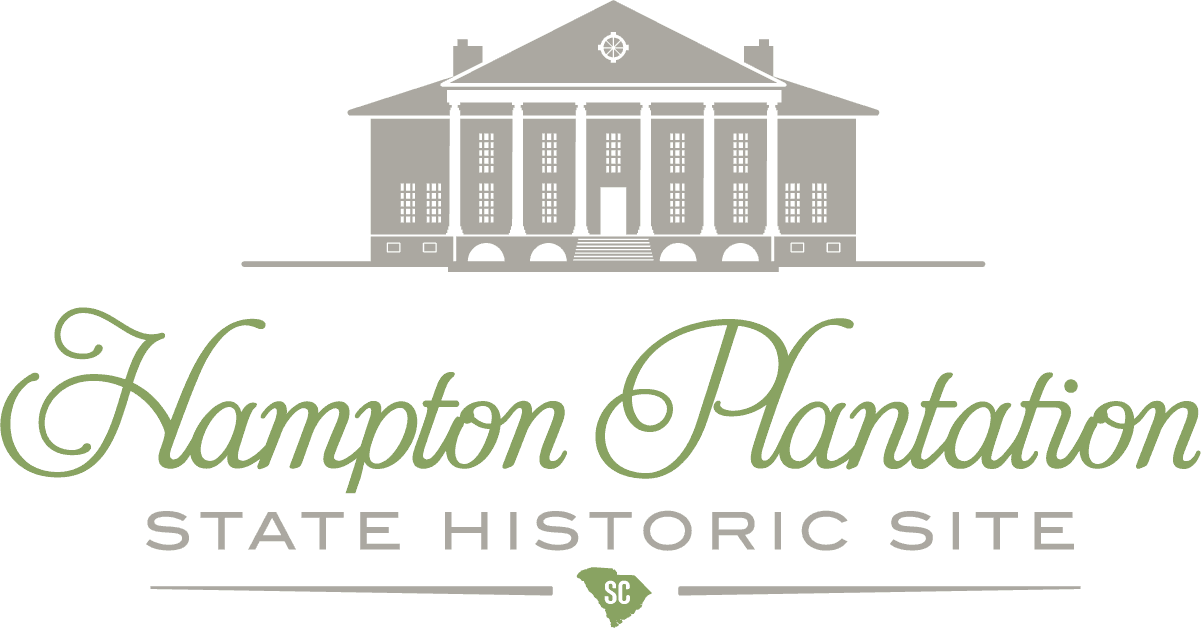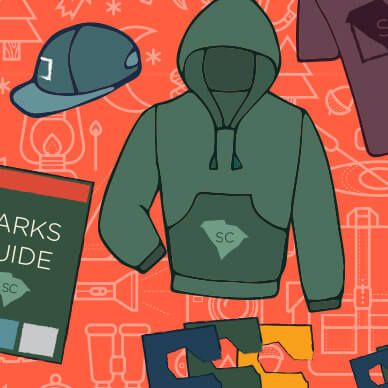Once at the park, where is the plantation located?
During the 1600s, the term plantation meant tract of land and was used to denote both urban and rural property. It wasn't until the early to mid 1700s that the word was used to describe large tracts of land used for the purpose of farming a cash crop. When you step foot on the park, you are on Hampton Plantation.
How large was the plantation originally?
We really do not know how large the original plantation was because property lines were not clear. We can tell you that the Horry family owned three plantations including Hampton along the South Santee River which totaled up to just under 6,000 acres. We can also tell you that when Archibald Rutledge sold the property to the state, he owned 2,000 acres of which we own 274 acres today.
What crops were farmed at Hampton Plantation?
Rice and indigo were the two main crops farmed at Hampton.
What is indigo?
Indigo is a large plant (Indigofera tinctoria) that when cultivated and processed produces a blue dye. Indigo dye was used for textile dyeing and printing.
Where did the name Hampton Plantation come from?
We actually do not know. For some time we attributed the naming of Hampton to Daniel's second wife Harriott. However, while doing research, we found out this plantation was referred to as Hampton long before Daniel ever married Harriott. Wade Hampton had nothing to do with the plantation and therefore had nothing to do with its name.
How many slaves did the family own?
By the first U.S. census in 1790, the Horry family had 340 slaves living and working on the property. This seemed to be the economic height of the plantation as slave numbers steadily dwindled until there were only 130 slaves on the eve of the American Civil War.
Where were the slave quarters located?
We only have one map of the plantation that was made during the plantation era. This map shows a series of small unlabeled buildings in what is now the area located behind our current parking lot along the tree line. Archaeologists have found building foundations, a tea pot, blue beads and a coin that suggest that particular area was inhabited during colonial times. More research needs to be done before we can tell you for sure that area had slave cabins.
What are your metal detection guidelines for State Parks and State Park properties?
Click here for a printable version of our guidelines concerning metal detector use on state parks and state park properties.
What happened to the furniture that was once in the house?
The furniture was removed when the house was sold. It was not part of the original sale of the home.
Who owned the home?
Five generations of the Horry/Rutledge family owned the home from the mid 1700s until 1971.
Why is the state not restoring the home?
When the state acquired the home it was in a state of deterioration as the last owner was too elderly and ill to maintain it. Instead of completely restoring the home, the state removed much of the damaged plaster so you have the opportunity to look inside the house to see how it was built.
Where is the park’s Ultimate Outsider stamp located?
Our Ultimate Outsider stamp is located at the park kiosk near the restrooms.
For more general, statewide frequently asked questions, please click here.














 Dashing Through
Dashing Through